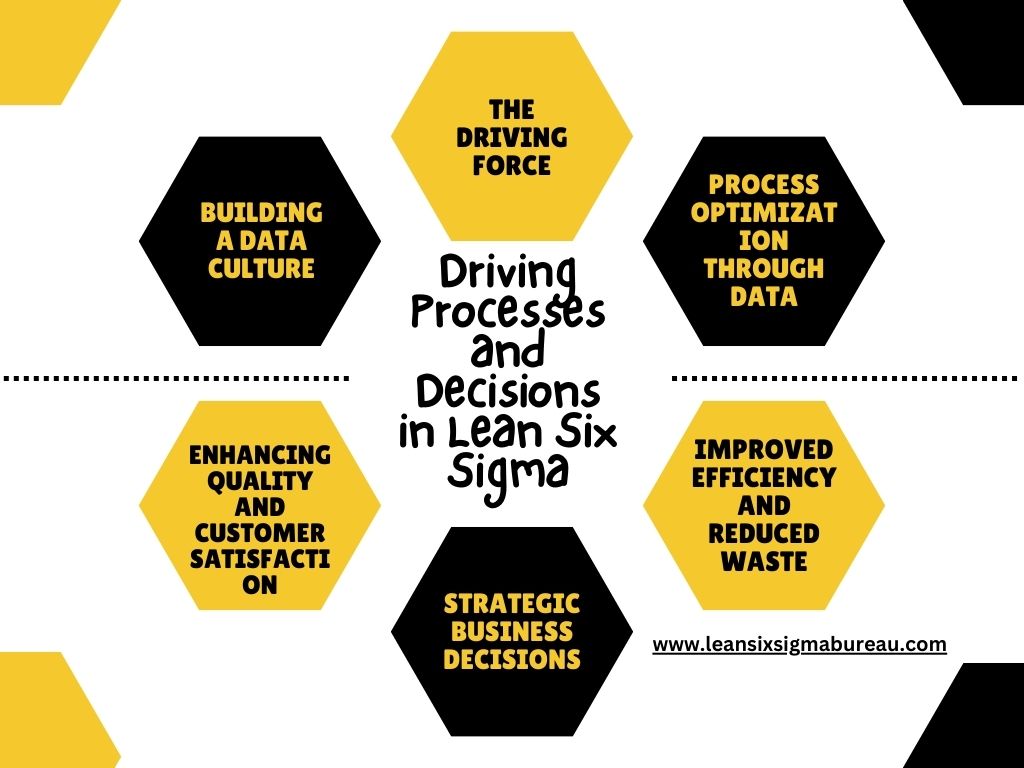In the era of Lean Six Sigma, data reigns supreme! It’s not just numbers; it’s the cornerstone that shapes robust processes and fuels informed decisions. Let’s uncover the transformative role of data-driven methodologies:Data: The Driving Force Data is the lifeblood of Lean Six Sigma. It’s not just about collecting numbers; it’s about leveraging data to decipher patterns, uncover insights, and drive strategic decisions. In a data-driven approach, decisions are backed by evidence, minimizing guesswork and maximizing precision.Process Optimization through Data: Imagine a puzzle—each piece represents data. Arranging these pieces in the right order unveils a clear picture. Similarly, data-driven methodologies like DMAIC enable the optimization of processes. By analyzing data, identifying bottlenecks, and measuring performance, these methodologies pave the way for continuous improvement.Improved Efficiency and Reduced Waste: Data-driven decisions streamline workflows and minimize inefficiencies. By pinpointing areas of waste through statistical analysis and empirical evidence, Lean Six Sigma ensures resources are allocated optimally, thereby reducing costs and enhancing overall efficiency.Strategic Business Decisions: Business leaders navigate through a maze of choices daily. Informed decisions backed by robust data analyses offer a competitive edge. From market trends to customer preferences, data aids in foreseeing patterns and making calculated moves.Enhancing Quality and Customer Satisfaction: Data-driven processes strive for excellence. They relentlessly seek to minimize defects, thus enhancing product quality and, consequently, customer satisfaction. Customer-centric decisions driven by data lead to products and services that resonate with the market.Building a Data Culture: It’s not just about crunching numbers; it’s about fostering a culture that values data. From entry-level employees to top-tier management, instilling a data-centric mindset cultivates an environment where decisions are well-informed, empowering the entire organization.Conclusion: In the dynamic landscape of Lean Six Sigma, data isn’t just a tool; it’s a compass guiding organizations toward efficiency, quality, and innovation. Embracing data-driven processes and decisions isn’t a choice; it’s a necessity for sustainable success.In essence, the transformative power of data extends beyond mere numbers; it’s the catalyst that propels businesses toward operational excellence.
Driving Processes and Decisions in Lean Six Sigma


